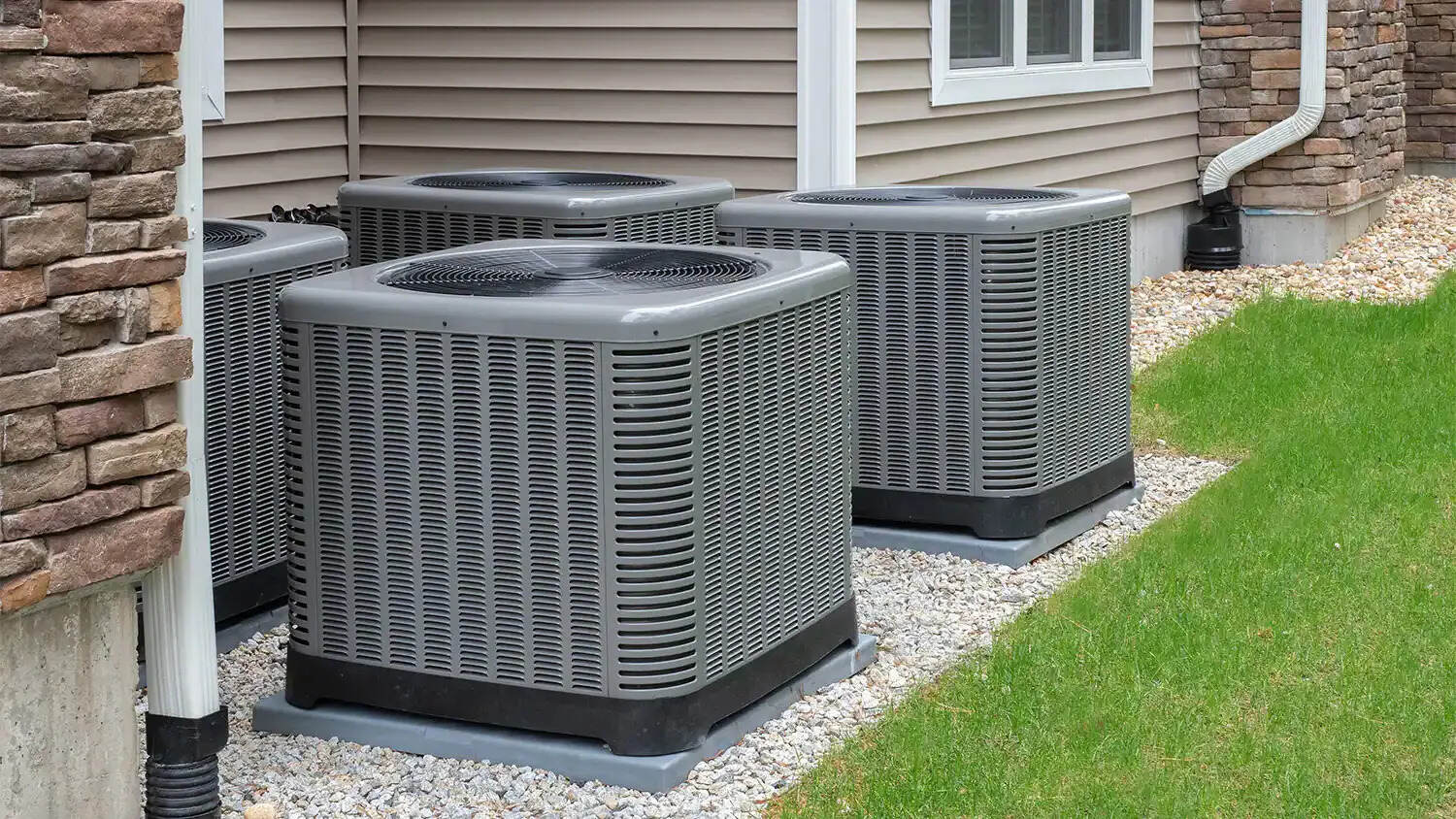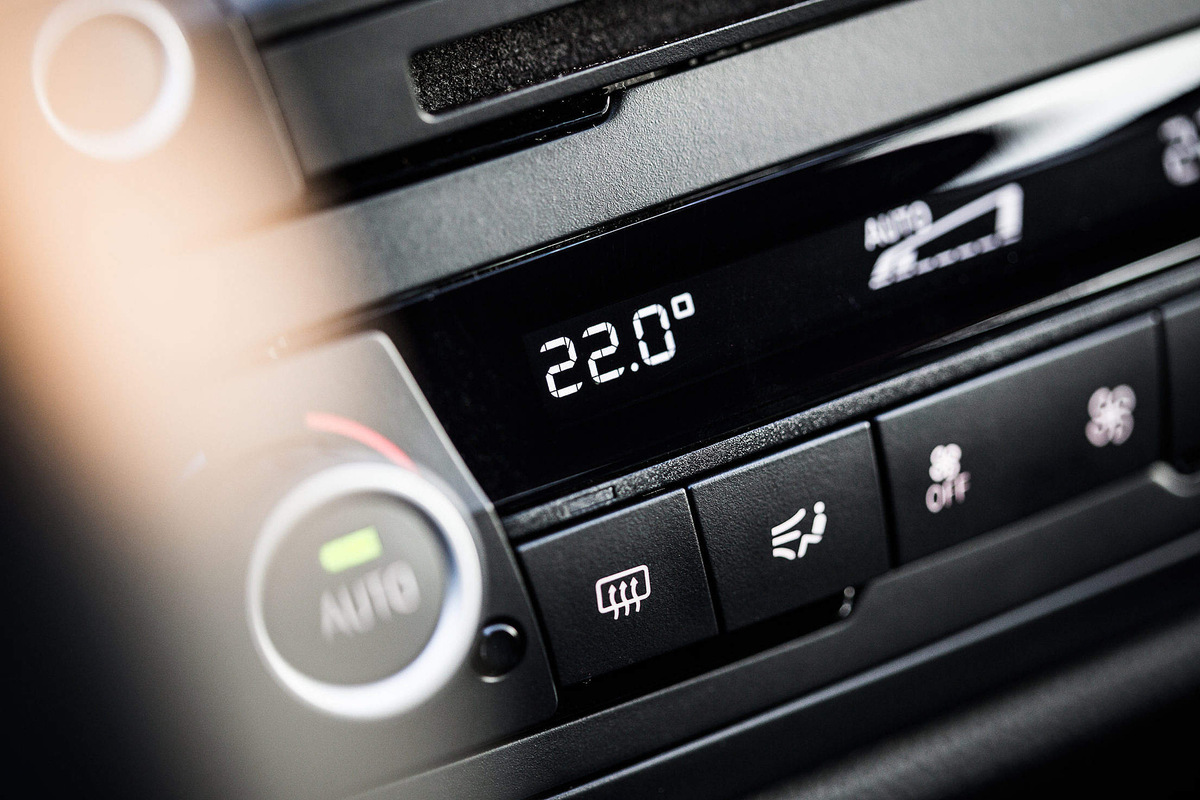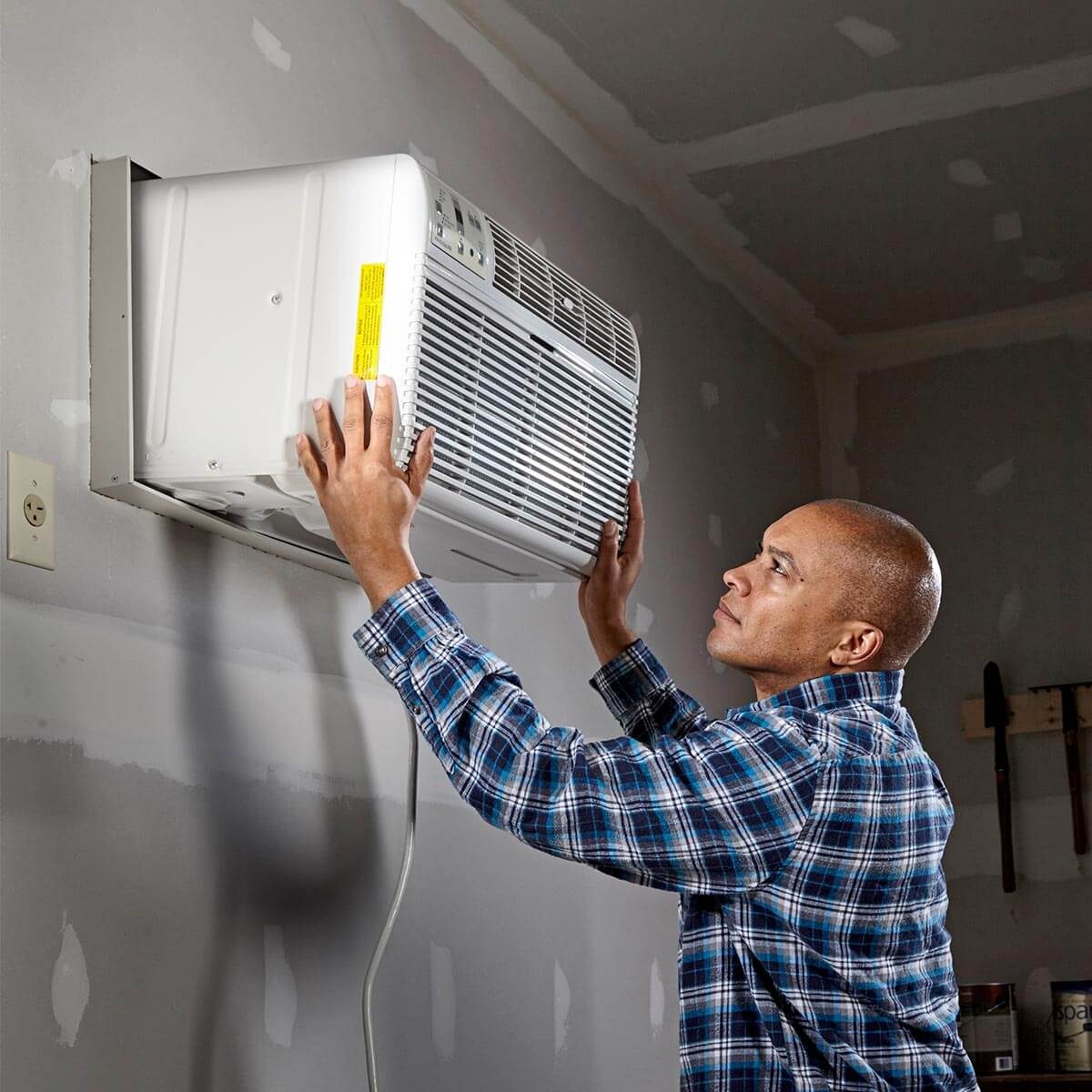Home>Ideas and Tips>Clandestine Cooling Disguised Air Conditioning


Ideas and Tips
Clandestine Cooling Disguised Air Conditioning
Published: October 20, 2024
Discover the evolution of disguised air conditioning, from ancient cooling techniques to modern innovations, balancing comfort and sustainability.
(Many of the links in this article redirect to a specific reviewed product. Your purchase of these products through affiliate links helps to generate commission for Storables.com, at no extra cost. Learn more)
In the sweltering heat of summer, the concept of air conditioning has become an integral part of modern life. However, its widespread adoption is a relatively recent phenomenon, dating back to the mid-20th century. Before the advent of air conditioning, people employed various ingenious methods to cool their homes, often relying on passive design elements and creative uses of fans and ventilation systems. This article delves into the history of cooling techniques, from ancient practices to modern innovations, highlighting how people have adapted to the heat over time.
The Early Days of Cooling
In pre-air conditioning times, people relied heavily on natural ventilation and passive cooling techniques to keep their homes cool. One of the most effective methods was the use of cross ventilation. By placing windows strategically on opposite sides of a house, people could create a natural breeze that circulated air throughout the building. This technique was particularly effective in regions with consistent wind patterns, such as coastal areas.
Another common practice was the use of wide porches and shaded areas. Porches provided a cool space where people could sit and relax, protected from direct sunlight. Shaded areas, often created by trees or awnings, helped reduce the amount of direct sunlight entering homes, thereby lowering the internal temperature.
In addition to these passive techniques, people used various cooling devices like fans and dehumidifiers to make their living spaces more comfortable. Fans were set up in windows to create airflow throughout the house, while dehumidifiers helped remove excess moisture from the air, making it feel cooler.
Sleeping Porches
One unique adaptation was the use of sleeping porches. These were essentially outdoor platforms designed for sleeping during hot summer nights. They were often elevated and provided a cool breeze that circulated through the space. Sleeping porches were particularly popular in regions where the temperature dropped significantly at night, making them an effective way to stay cool without relying on mechanical cooling systems.
Swamp Coolers
In some regions, especially those with low humidity levels, swamp coolers were used to cool homes. These devices worked by drawing hot air through a wet pad, which cooled the air as it passed through. The cooled air was then circulated back into the house, providing a natural form of cooling.
Read more: Clandestine Comfort Disguising HVAC Systems
The Rise of Air Conditioning
The introduction of air conditioning revolutionized the way people lived, especially in regions with extreme heat. The first practical air conditioning system was developed by Willis Carrier in 1902. Initially designed to control humidity in a printing plant, Carrier's invention soon found its way into homes and public spaces.
The widespread adoption of air conditioning was gradual, however. It wasn't until the latter part of the 20th century that air conditioning became a common feature in many homes. The first window units were introduced in the early 1960s and quickly gained popularity as they provided a convenient and affordable way to cool individual rooms.
Impact on Architecture
The advent of air conditioning had a profound impact on architecture. Historically, buildings in hot climates were designed with thick walls, high ceilings, and balconies to allow for natural ventilation. However, with the advent of air conditioning, architects began to design buildings with fewer windows facing the sun and more emphasis on insulation to reduce heat gain.
The dogtrot house, popular in America's south, was a classic example of pre-air conditioning architecture. This type of house featured a covered, open-ended corridor that allowed breezes to pass through, providing natural cooling without the need for mechanical systems.
Modern Cooling Technologies
Today, cooling technologies have advanced significantly beyond traditional air conditioning systems. One such innovation is the electrocaloric cooling system, which relies on a phenomenon called electrocaloric cooling.
Electrocaloric Cooling
Electrocaloric cooling involves applying an electric field across certain materials that change their temperature in response to the field. This principle is used in a new cooling system developed by Emmanuel Defay and his colleagues at the Luxembourg Institute of Science and Technology. The system uses lead scandium tantalate (LST), an electrocaloric material, stacked in strips and immersed in silicone oil.
When an electric field is applied to the LST strips, they heat up, causing the silicone oil to move. When the electric field is removed, the strips cool down, causing the oil to move back. This creates permanent regions of hot and cold, which can be used as hot and cold reservoirs for circulating heat-carrying fluids through pipes to cool or heat rooms as desired.
The efficiency of this device is theoretically 67%, but current designs are around 12% efficient. Improving heat conduction materials could enhance its performance further.
Hybrid Cooling Systems
Another approach to cooling is the use of hybrid systems that combine passive design elements with mechanical cooling. These systems aim to reduce energy consumption by minimizing the need for air conditioning units.
For instance, large bodies of water near windows can pre-cool warm air entering the house. Carefully located water features can create convective breezes that help cool buildings naturally. Mechanical evaporative coolers are also effective in drier climates but require careful management to avoid poor indoor air quality and mineral buildup.
Environmental Impact
While air conditioning has revolutionized our living spaces, it comes with significant environmental costs. The production and operation of air conditioning units consume substantial amounts of electricity, often generated by burning gas or coal. This contributes to greenhouse gas emissions and climate change.
Moreover, many air conditioning coolants are powerful greenhouse gases when they leak. The hot air pumped out by air conditioning units can increase night-time temperatures in cities, making them work harder and contributing to urban heat islands.
Future Innovations
As concern about climate change grows, there is a pressing need for more efficient and environmentally friendly cooling technologies. Researchers are exploring new materials and designs that could significantly reduce energy consumption.
For example, advancements in electrocaloric materials could lead to more efficient cooling systems with fewer environmental impacts. Additionally, hybrid cooling systems that integrate passive design elements with mechanical cooling might become more prevalent as people seek to reduce their carbon footprint.
Read more: What Is Air Conditioning
Conclusion
The evolution of cooling techniques reflects humanity's constant quest for comfort in the face of extreme temperatures. From ancient practices like cross ventilation and sleeping porches to modern innovations like electrocaloric cooling systems, each method has played a crucial role in shaping our living environments.
As we move forward into an era where sustainability is paramount, it is essential to recognize both the historical context and the current challenges associated with cooling technologies. By embracing innovative solutions that balance efficiency with environmental responsibility, we can create a more comfortable and sustainable future for generations to come.
References:
- New Scientist: "Cooling system could replace air con and drastically cut energy use" (2023-11-16)
- Reddit: "Before Air Conditioning was common, how did people live?" (2022-06-18)
- BBC News: "How air conditioning changed the world" (2017-06-05)
- YourHome: "Passive cooling" (n.d.)
- Andrea Vesentini: "It’s Cool Inside: Advertising Air Conditioning to Postwar Suburbia" (2017)
This article provides a comprehensive overview of the evolution of cooling techniques, from ancient practices to modern innovations, highlighting both historical context and current challenges associated with cooling technologies. It underscores the importance of embracing sustainable solutions that balance efficiency with environmental responsibility as we move forward into an era where sustainability is paramount.
Was this page helpful?
At Storables.com, we guarantee accurate and reliable information. Our content, validated by Expert Board Contributors, is crafted following stringent Editorial Policies. We're committed to providing you with well-researched, expert-backed insights for all your informational needs.















0 thoughts on “Clandestine Cooling Disguised Air Conditioning”